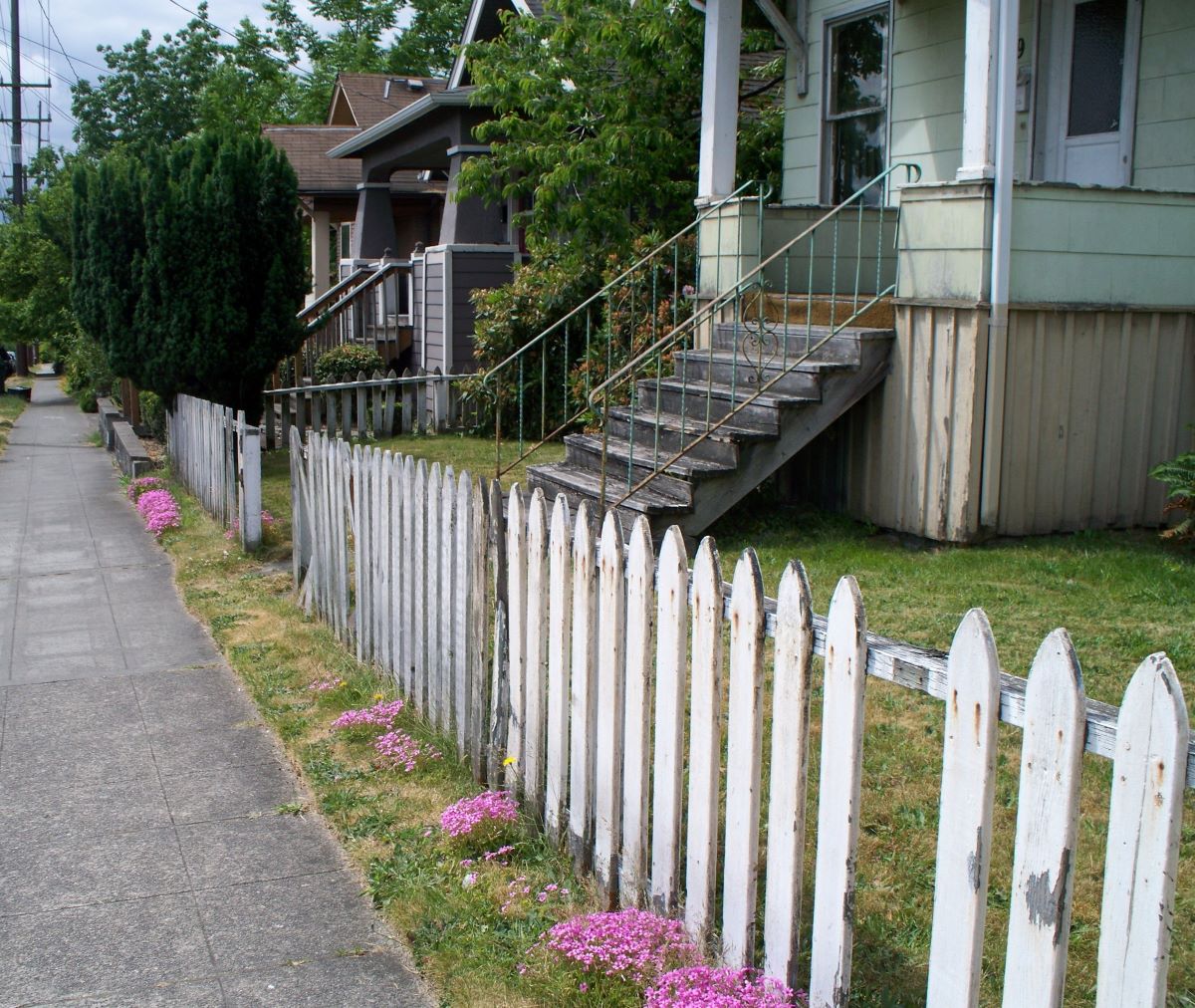

Articles
What Is A Fence Picket
Modified: January 8, 2024
Discover the different types and materials used for fence pickets in our comprehensive articles. Gain valuable insights and make an informed decision for your next fencing project.
(Many of the links in this article redirect to a specific reviewed product. Your purchase of these products through affiliate links helps to generate commission for Storables.com, at no extra cost. Learn more)
Introduction
Fence pickets are an essential component of any fence structure, providing both functionality and aesthetic appeal. These small upright boards not only define the boundaries of a property but also offer privacy, security, and a touch of style. Whether you’re looking to enclose your backyard, create a safe play area for children, or enhance the curb appeal of your home, fence pickets play a crucial role.
In this article, we will explore the world of fence pickets, delving into their definition, various types, materials used, benefits, installation, maintenance, popular designs, and factors to consider when choosing them. By the end, you’ll have a comprehensive understanding of fence pickets and be equipped to make an informed decision about the best option for your needs.
So, let’s dive in and discover the beauty and practicality of fence pickets!
Key Takeaways:
- Fence pickets are essential for defining property boundaries, providing privacy, security, and aesthetic appeal. With various types and materials available, homeowners can customize their fences to suit their needs and style preferences.
- When choosing fence pickets, consider factors such as purpose, material, style, budget, and maintenance. Proper installation and regular upkeep are crucial for ensuring the longevity and functionality of the fence, adding value and beauty to the property.
Read more: What Kind Of Nails For Fence Pickets
Definition of a Fence Picket
A fence picket is a small, vertical board that is part of a larger fence structure. It is typically made of wood, vinyl, or metal and is installed upright, closely spaced between horizontal rails or supports. Fence pickets are the fundamental building blocks of a fence and are responsible for creating the overall appearance and functionality of the structure.
The main purpose of a fence picket is to define the boundaries of a property and provide visual privacy. By being positioned closely together, pickets form a solid barrier that restricts visibility from the outside. This not only enhances privacy but also adds a sense of security to your property.
In addition to privacy and security, fence pickets also offer other benefits. They can help keep pets and children safely contained within the property, preventing them from wandering off or getting into harm’s way. Furthermore, they act as a deterrent to intruders, making it difficult for unauthorized individuals to access your property.
Fence pickets come in various sizes, shapes, and designs, allowing homeowners to choose the style that complements their home and reflects their personal taste. Whether you prefer a traditional picket fence with evenly spaced vertical boards or a modern design with sleek and streamlined pickets, there is a wide range of options to choose from.
Next, let’s explore the different types of fence pickets available in the market.
Types of Fence Pickets
When it comes to fence pickets, there are several types available, each with its own unique characteristics and features. Let’s take a closer look at the most common types:
1. Traditional Pickets: These are the classic pickets that come to mind when you think of a traditional picket fence. They are usually made of wood and have a pointed or rounded top. Traditional pickets are evenly spaced and offer a charming and timeless aesthetic.
2. Scalloped Pickets: Scalloped pickets feature a curved or decorative top edge. This adds a touch of elegance and visual interest to the fence. Scalloped pickets are commonly used for decorative fencing or to create a focal point in the yard.
3. Board-on-Board Pickets: Board-on-board pickets offer increased privacy as they are installed in an overlapping manner. This design creates a fully solid fence where there are no gaps between the pickets. Board-on-board pickets are a popular choice for backyard privacy fences.
4. Louvered Pickets: Louvered pickets have horizontal slats that allow air and light to pass through while still providing privacy. This design is often used for decorative fences, as it adds a modern and stylish touch to the overall aesthetics.
5. Vinyl Pickets: Vinyl pickets are made from durable, low-maintenance vinyl material. They are available in various styles and colors, offering the look of traditional wood pickets without the need for regular upkeep. Vinyl pickets are resistant to rot, insects, and harsh weather conditions.
6. Metal Pickets: Metal pickets, such as aluminum or wrought iron, provide durability and strength. They can be ornate and decorative, adding a touch of sophistication to the fence. Metal pickets require minimal maintenance and are ideal for those seeking a long-lasting and visually appealing option.
7. Composite Pickets: Composite pickets are made from a mixture of wood fibers and recycled plastics. They offer the look of natural wood with the added benefit of increased durability and resistance to rot, insects, and fading. Composite pickets are a sustainable and eco-friendly choice.
Each type of fence picket has its own advantages and can be customized to suit your specific needs and preferences. Consider the purpose of your fence, the desired level of privacy, and the overall style you want to achieve when selecting the type of picket for your fence project.
Now that we’ve explored the types of fence pickets available, let’s move on to discuss the materials commonly used for constructing these pickets.
Materials Used for Fence Pickets
When it comes to choosing the right materials for your fence pickets, there are several options available. The choice of material will depend on factors such as durability, maintenance requirements, aesthetics, and budget. Let’s explore some common materials used for fence pickets:
1. Wood: Wood is a classic and popular choice for fence pickets. It offers a natural and traditional look that can enhance the charm of any property. Common types of wood used for pickets include cedar, pine, redwood, and cypress. Wood pickets can be stained, painted, or left untreated to achieve the desired aesthetics. However, wood requires regular maintenance, such as staining or sealing, to protect it from rot, insects, and weather damage.
2. Vinyl: Vinyl pickets have gained popularity due to their low maintenance and durability. They are made from PVC (polyvinyl chloride) and are resistant to rot, fading, and insect infestation. Vinyl pickets come in various styles and colors, allowing homeowners to choose the one that best matches their preferences. Vinyl is a cost-effective option in the long run as it does not require painting or staining, and it retains its appearance for years with minimal upkeep.
3. Metal: Metal pickets, such as aluminum or wrought iron, offer strength, security, and longevity. Aluminum pickets are lightweight, rust-resistant, and can be powder-coated for added durability and aesthetics. Wrought iron pickets provide a classic and elegant look but require regular maintenance to prevent rust. Both types of metal pickets can be customized with decorative elements for a unique and ornate appearance.
4. Composite: Composite pickets are a blend of wood fibers and recycled plastic materials. They offer the natural look of wood while providing increased durability and resistance to rot, cracking, and fading. Composite pickets are low maintenance and do not require staining or sealing. They are available in a range of colors and textures, allowing for customization to match different architectural styles.
5. Bamboo: Bamboo pickets provide an eco-friendly and sustainable option for fence construction. Bamboo is incredibly strong, durable, and resistant to pests and weather conditions. It offers a unique and natural aesthetic that can enhance the visual appeal of any property. Bamboo pickets require regular sealing to maintain their appearance and prolong their lifespan.
When selecting the material for your fence pickets, consider the climate in your region, the desired lifespan of the fence, and your personal preferences. It’s essential to choose a material that suits your needs and aligns with the overall aesthetics and functionality of your property.
Now that we’ve explored the different materials used for fence pickets, let’s delve into the benefits of using them in your fence structure.
Benefits of Using Fence Pickets
Fence pickets offer a range of benefits that make them a popular choice for enclosing properties. Let’s explore the advantages of using fence pickets:
1. Privacy: One of the primary reasons homeowners choose fence pickets is to create privacy. By tightly spacing the pickets, a fence can effectively block the view from the outside, providing you and your family with a sense of seclusion.
2. Security: Fence pickets can enhance the security of your property. By creating a physical barrier, they act as a deterrent to trespassers and make it more difficult for unauthorized individuals to gain access to your yard.
3. Boundary Definition: Fence pickets clearly define the boundaries of your property. They provide a visual guide, preventing disputes and making it easier to differentiate your land from the neighboring properties.
4. Noise Reduction: Fence pickets can help reduce outside noise, creating a quieter, more peaceful environment within your property. This is particularly beneficial if you live in a busy area or near a noisy street.
5. Curb Appeal: Installing a fence with attractive pickets can enhance the overall aesthetics of your property, improving its curb appeal. With a wide variety of styles and materials available, you can choose a fence design that complements your home’s architecture and reflects your personal style.
6. Child and Pet Safety: Fence pickets are an excellent way to create a safe area for children and pets to play. They provide a secure enclosure, preventing them from wandering off or accessing potentially dangerous areas.
7. Increased Property Value: The addition of a well-constructed and visually appealing fence with pickets can increase the value of your property. A fence is often considered an attractive feature for potential homebuyers, making it a worthwhile investment.
8. Easier Landscaping: Fence pickets can help in landscaping endeavors by creating a clear boundary for planting beds, shrubs, and other outdoor features. They can also act as a support structure for climbing plants and vines, adding beauty and greenery to your yard.
9. Customization Options: Fence pickets offer a wide range of customization options. You can choose different materials, colors, sizes, and designs to suit your taste and match your home’s exterior. This allows you to create a fence that is unique to your property.
10. Durability and Longevity: Depending on the material chosen, fence pickets can provide long-term durability. Materials such as vinyl, aluminum, and composite are resistant to rot, insects, and weather damage, ensuring the longevity of your fence.
By considering these benefits, you can make an informed decision about using fence pickets for your property. Next, let’s explore the installation and maintenance aspects of fence pickets.
When choosing fence pickets, consider the wood type, thickness, and style that best suits your needs. Cedar and redwood are popular choices for their durability and natural resistance to rot and insects. Thicker pickets provide more strength and stability, while different styles can offer varying levels of privacy and aesthetic appeal.
Read more: What Nail Gun To Use For Fence Pickets
Installation and Maintenance of Fence Pickets
The installation and maintenance of fence pickets are important considerations to ensure the longevity, functionality, and aesthetic appeal of your fence. Let’s explore these aspects:
Installation:
The installation process of fence pickets can vary depending on the type of material and design of the fence. Here are some general steps to guide you:
1. Planning: Measure the area where the fence will be installed, and mark the boundaries. Consider any local regulations or permits required for fence installation.
2. Layout and Posts: Determine the placement of fence posts and mark their positions. Dig holes for the posts, ensuring they are deep enough to provide stability. Set the posts in concrete or using other suitable methods.
3. Attach Rails: Install the horizontal rails or supports between the fence posts. These will provide stability and support for the pickets.
4. Install Pickets: Starting from one end of the fence, attach each picket to the rails using screws, nails, or other appropriate fasteners. Ensure proper spacing between pickets for the desired level of privacy.
5. Finishing Touches: Trim any excess picket length and add decorative elements or post caps if desired. Double-check the alignment and levelness of the fence, making any necessary adjustments.
Maintenance:
To keep your fence pickets in optimal condition, regular maintenance is essential. Here are some maintenance tips:
1. Cleaning: Depending on the material, periodically clean your fence pickets with soap and water, or a mild detergent, to remove dirt, grime, and mold. Avoid using abrasive cleaners that can damage the material.
2. Inspect for Damage: Regularly inspect the pickets for any signs of damage, such as rot, cracks, or loose connections. Repair or replace any damaged pickets promptly to maintain the integrity of the fence.
3. Staining or Sealing: If you have a wood fence, staining or sealing the pickets can protect them from moisture and UV damage. Follow the manufacturer’s recommendations for the appropriate stain or sealant product and its application.
4. Trim Vegetation: Trim or remove any plants, vines, or shrubs that may grow near the fence and can cause damage or moisture retention. This will prevent the pickets from rotting or becoming weakened over time.
5. Address Pest Control: If you notice any signs of pests, such as termites or carpenter bees, take necessary measures to control them. Consult with a professional if needed to prevent further damage to the pickets.
6. Address Weather Damage: Depending on your climate, your fence may be exposed to extreme weather conditions. Take appropriate steps to protect it, such as securing loose pickets after strong winds or applying appropriate coatings to prevent UV damage.
By following these installation and maintenance practices, you can ensure the longevity and visual appeal of your fence pickets. Now, let’s explore some popular designs and styles of fence pickets that you can consider for your property.
Popular Designs and Styles of Fence Pickets
Fence pickets come in a variety of designs and styles, allowing you to customize your fence to match your home’s architecture and personal preferences. Here are some popular designs and styles to consider:
1. Traditional Picket Fence: The traditional picket fence features evenly spaced vertical pickets with a pointed or rounded top. This classic design offers a timeless and charming look, ideal for creating a welcoming and cozy atmosphere.
2. Scalloped Picket Fence: Scalloped picket fences add a touch of elegance by featuring a curved top edge for each picket. This design provides a decorative element that enhances the aesthetics of the fence, making it a focal point in your yard.
3. Board-on-Board Picket Fence: A board-on-board picket fence offers increased privacy by installing pickets in an overlapping manner. This design creates a fully solid fence, with no visible gaps between the pickets, providing maximum seclusion.
4. Louvered Picket Fence: Louvered picket fences feature horizontal slats that allow air and light to pass through while still providing privacy. This design adds a modern and contemporary touch to your property, perfect for those seeking a sleek and stylish look.
5. Shadowbox Picket Fence: In a shadowbox picket fence, pickets are alternately attached on opposite sides of the horizontal rails. This design creates an appealing pattern that offers both privacy and an open feel, as it allows air and light to pass through.
6. French Gothic Picket Fence: French gothic picket fences have a pointed top with a concave dip, providing a unique and intricate look. This design offers a slightly more ornate and decorative appearance, often seen in historical homes and gardens.
7. Horizontal Picket Fence: For a contemporary and modern aesthetic, a horizontal picket fence is a popular choice. Instead of the traditional vertical pickets, this style features horizontal pickets, creating a clean and sleek appearance.
8. Custom Designs: Many homeowners choose to create custom designs to suit their specific preferences. This can include intricately cut pickets, varying heights or widths, or combining different materials for a unique and personalized look.
Remember, when choosing the design and style of your fence pickets, consider the architectural style of your home, the purpose of the fence, and the overall ambiance you wish to achieve. By selecting a design that complements your property, you can create a cohesive and visually appealing outdoor space.
Now that we’ve explored popular designs and styles, let’s move on to discuss the important factors to consider when choosing fence pickets for your property.
Factors to Consider when Choosing Fence Pickets
Choosing the right fence pickets for your property involves careful consideration of several factors. These factors will help ensure that your fence not only meets your functional needs but also aligns with your aesthetic preferences. Here are the key factors to consider:
1. Purpose: Determine the primary purpose of your fence. Are you looking for privacy, security, or simply to enhance the visual appeal of your property? Knowing the primary purpose will guide you in selecting the appropriate picket design, height, and spacing.
2. Material: Depending on your preference for aesthetics, durability, and maintenance requirements, consider the material options available. Wood offers a natural and traditional look but requires regular maintenance. Vinyl provides low maintenance and durability, while metal offers strength and longevity. Composite materials offer the appearance of wood with increased durability.
3. Style and Design: Consider the architectural style of your home and the overall desired look of your exterior space. Choose a picket style and design that complements your home’s aesthetics and creates a cohesive appearance.
4. Height and Spacing: Determine the appropriate height and spacing between pickets based on your privacy needs, local regulations, and the level of visibility you desire. Higher pickets or closer spacing offer more privacy, while lower pickets or wider spacing give a more open feel.
5. Budget: Establish a budget for your fence project and consider the cost implications of different materials, styles, and designs. Keep in mind that while some materials may have a higher upfront cost, they may offer long-term savings due to lower maintenance requirements.
6. Climate and Location: Take into account the local climate and environmental factors when selecting fence pickets. Consider how the material will withstand extreme weather conditions such as rain, snow, or intense sunlight. Some materials may be more suitable for specific climates than others.
7. Maintenance: Evaluate the level of maintenance you are willing to undertake for your fence pickets. Some materials require regular staining, sealing, or painting, while others are virtually maintenance-free. Consider the time, effort, and cost associated with maintaining each material option.
8. Neighborhood and Regulations: Familiarize yourself with any neighborhood or homeowner association guidelines and local regulations regarding fence design, height, and materials. Ensure that your chosen picket style complies with these rules to avoid any potential conflicts.
9. Longevity: Consider the expected lifespan of the materials you are considering. While wood may have a classic and natural appeal, it typically requires regular maintenance and may not last as long as vinyl, metal, or composite materials.
10. Installation and Expertise: Assess your DIY skills and the complexity of the installation process. Some materials may be more straightforward to install, while others may require professional expertise. Factor in your willingness and ability to install the fence pickets yourself or hire professionals for the job.
By carefully considering these factors, you can make an informed decision and choose fence pickets that meet your functional needs, align with your design preferences, and fit within your budget. Remember to consult with professionals or experts if needed to ensure that your chosen pickets are suitable for your specific circumstances.
Now that we have explored the factors to consider, let’s conclude our comprehensive guide to fence pickets.
Conclusion
Fence pickets play a crucial role in defining the boundaries of a property, providing privacy, security, and enhancing the overall aesthetics of a home. From traditional wooden pickets to modern vinyl and metal options, there are numerous designs, styles, and materials available to suit various preferences and needs.
When selecting fence pickets, it is important to consider factors such as the purpose of the fence, desired level of privacy, material durability, maintenance requirements, and overall budget. Each decision impacts the functionality, longevity, and visual appeal of the fence.
Installation and maintenance are equally important aspects to ensure the durability and functionality of fence pickets. Prioritize proper installation techniques to ensure stability and longevity. Regular maintenance, including cleaning, repairs, and addressing any weather-related damage or potential pest concerns, will help preserve the quality of the pickets over time.
By taking into account the various factors and investing in high-quality materials and professional installation if needed, you can create a fence that not only serves its practical purpose but also adds value and beauty to your property.
Remember to consult local regulations and homeowner association guidelines before installing your fence to ensure compliance. Seeking advice from professionals and experts can provide valuable insights and ensure a successful fence picket project.
In conclusion, fence pickets offer a versatile solution to define boundaries, add privacy, enhance security, and boost curb appeal. With the wide range of styles, designs, and materials available, you can create a fence that reflects your personal style and meets your specific needs.
So, whether you opt for a traditional picket fence, a contemporary metal design, or anything in between, carefully consider your options and enjoy the benefits of a well-designed and well-installed fence that perfectly complements your home.
Frequently Asked Questions about What Is A Fence Picket
Was this page helpful?
At Storables.com, we guarantee accurate and reliable information. Our content, validated by Expert Board Contributors, is crafted following stringent Editorial Policies. We're committed to providing you with well-researched, expert-backed insights for all your informational needs.
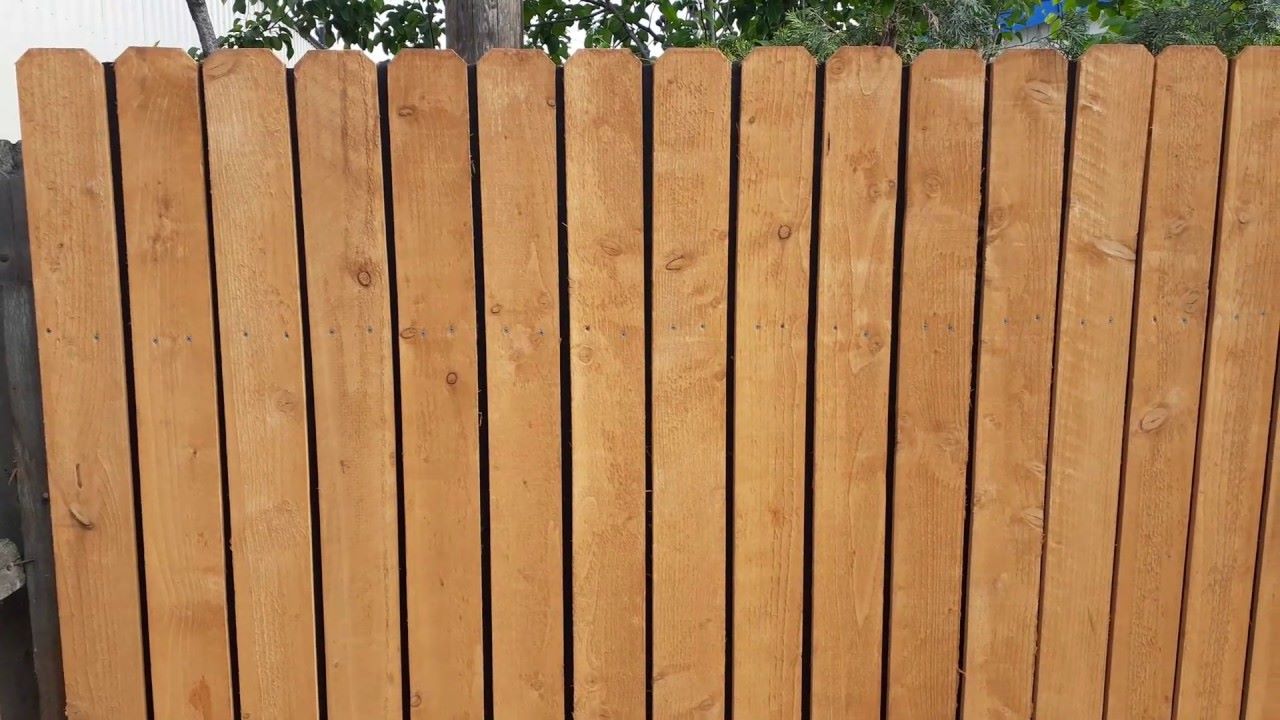
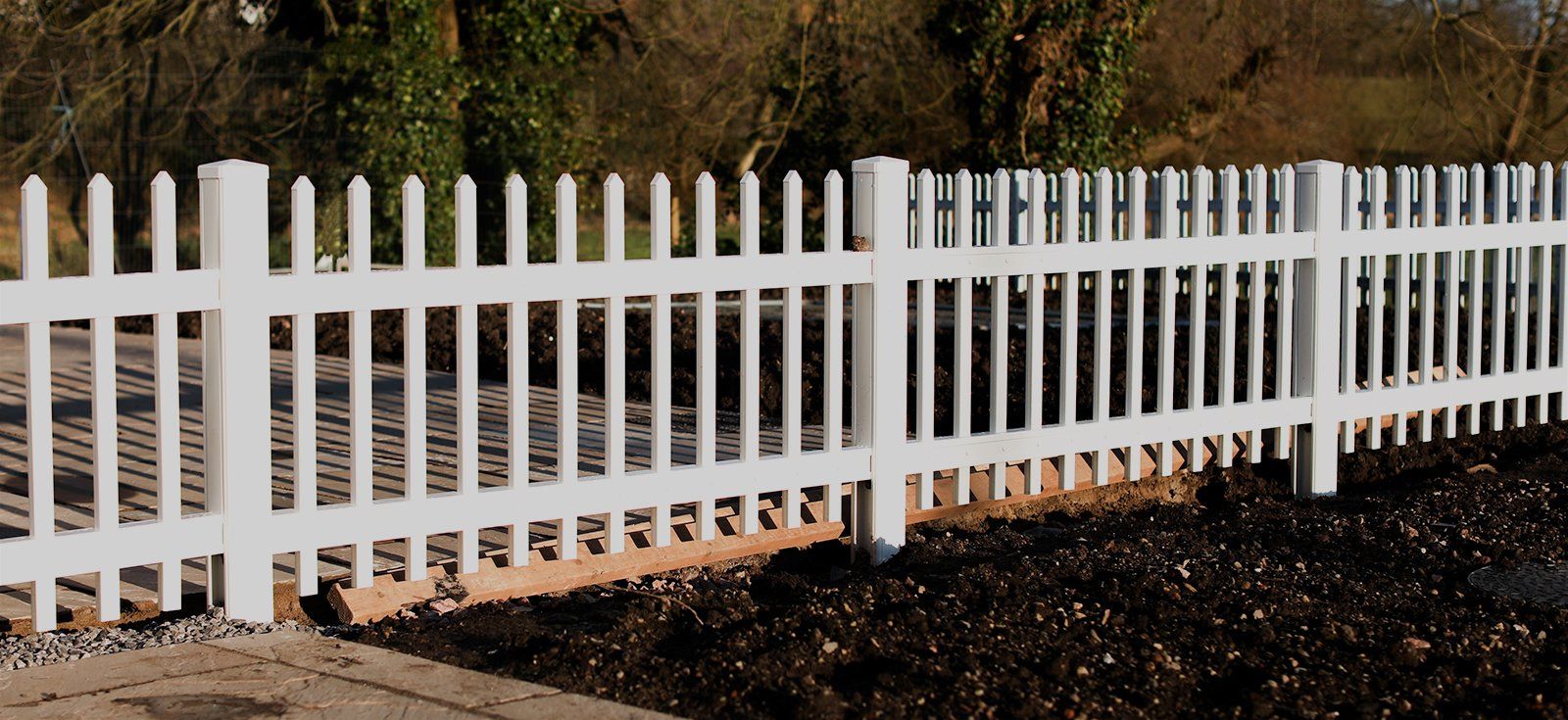
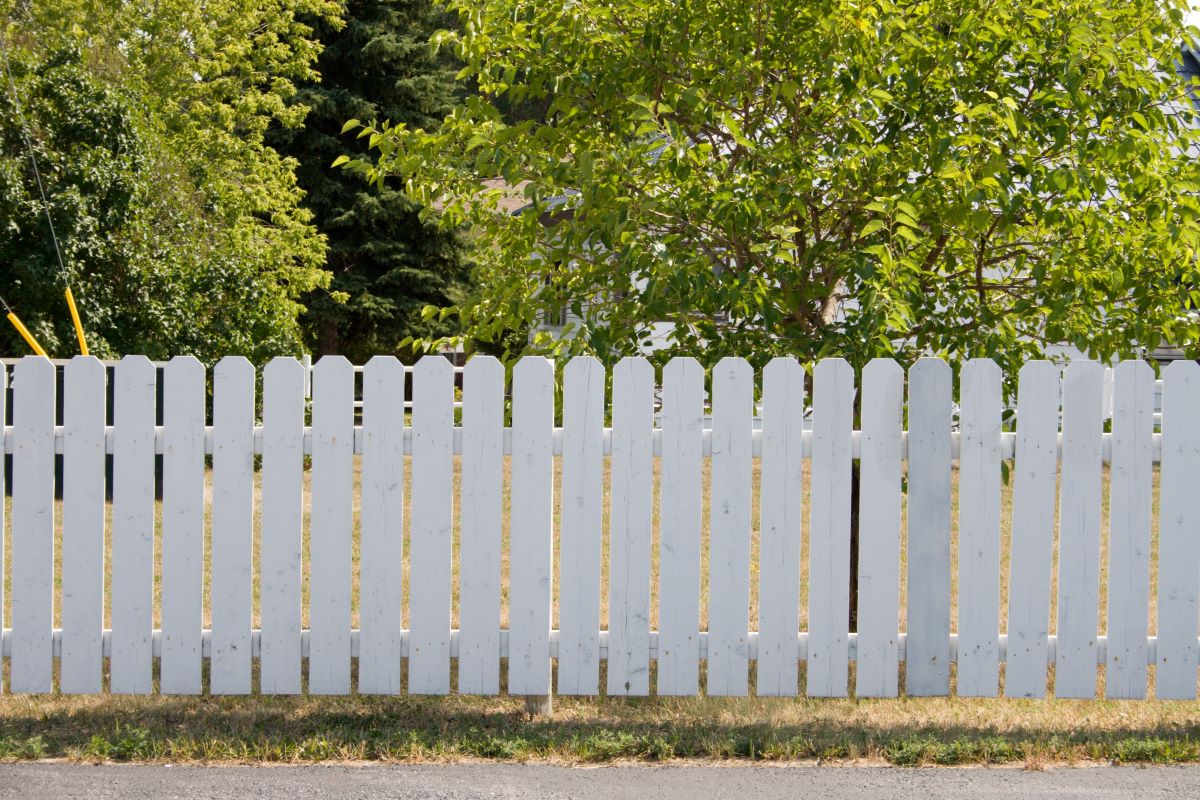
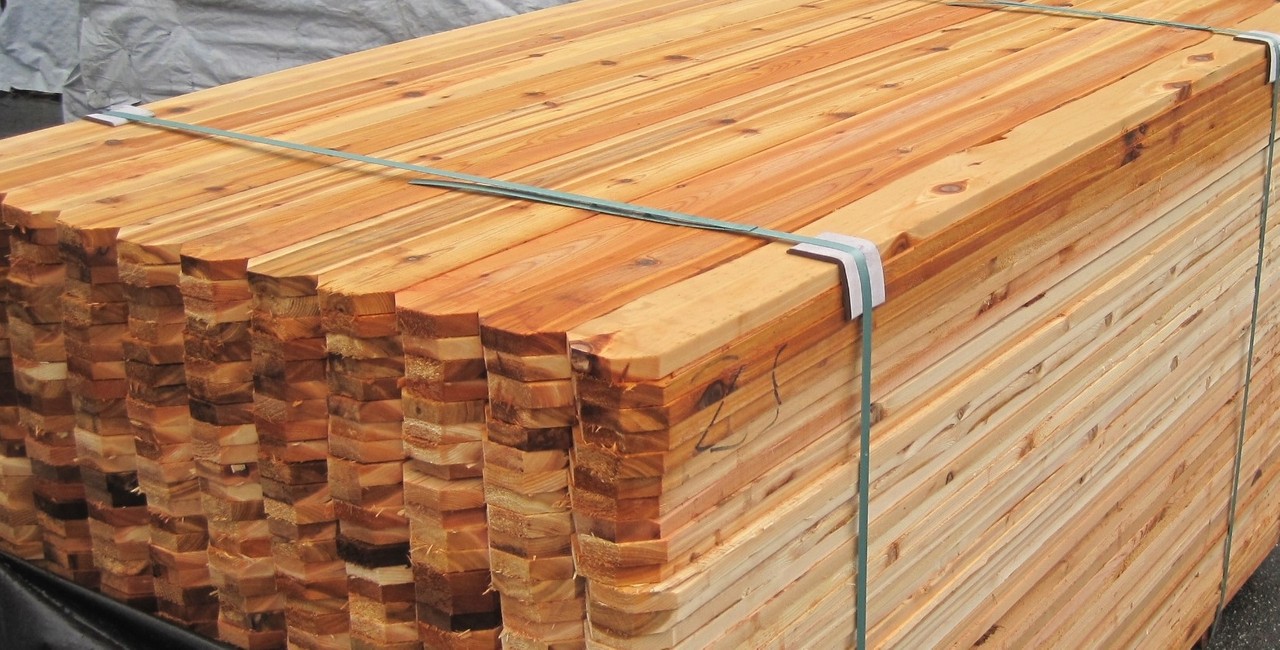
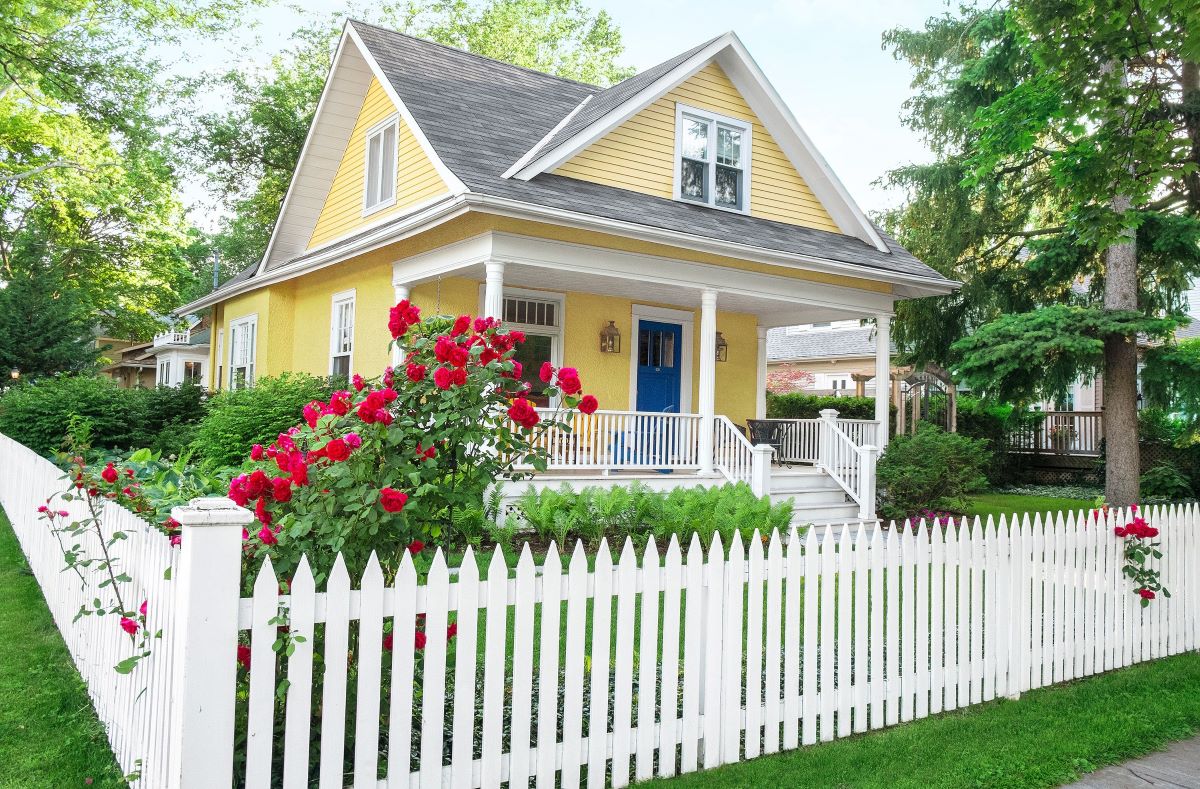
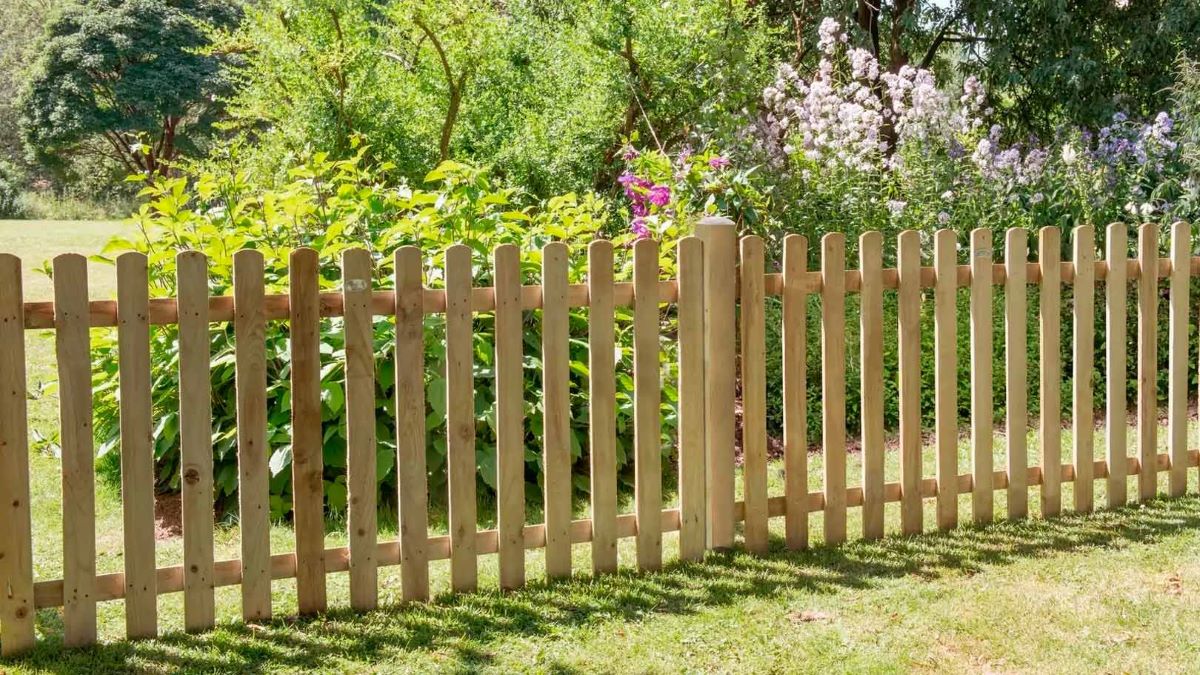
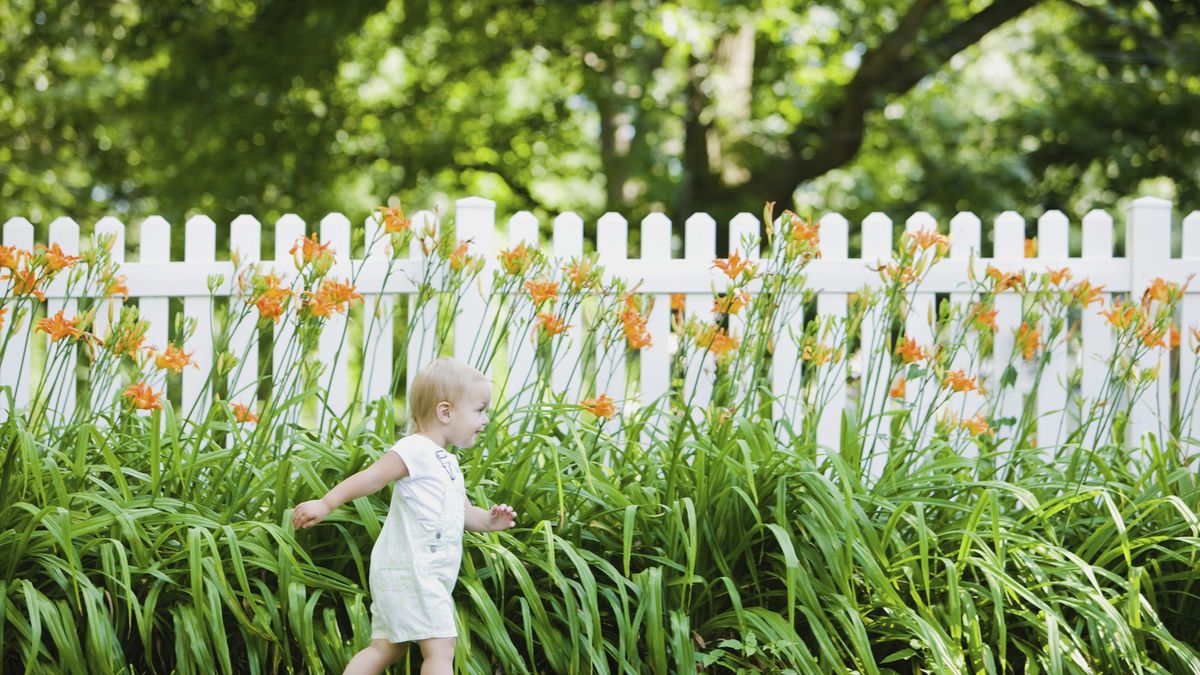
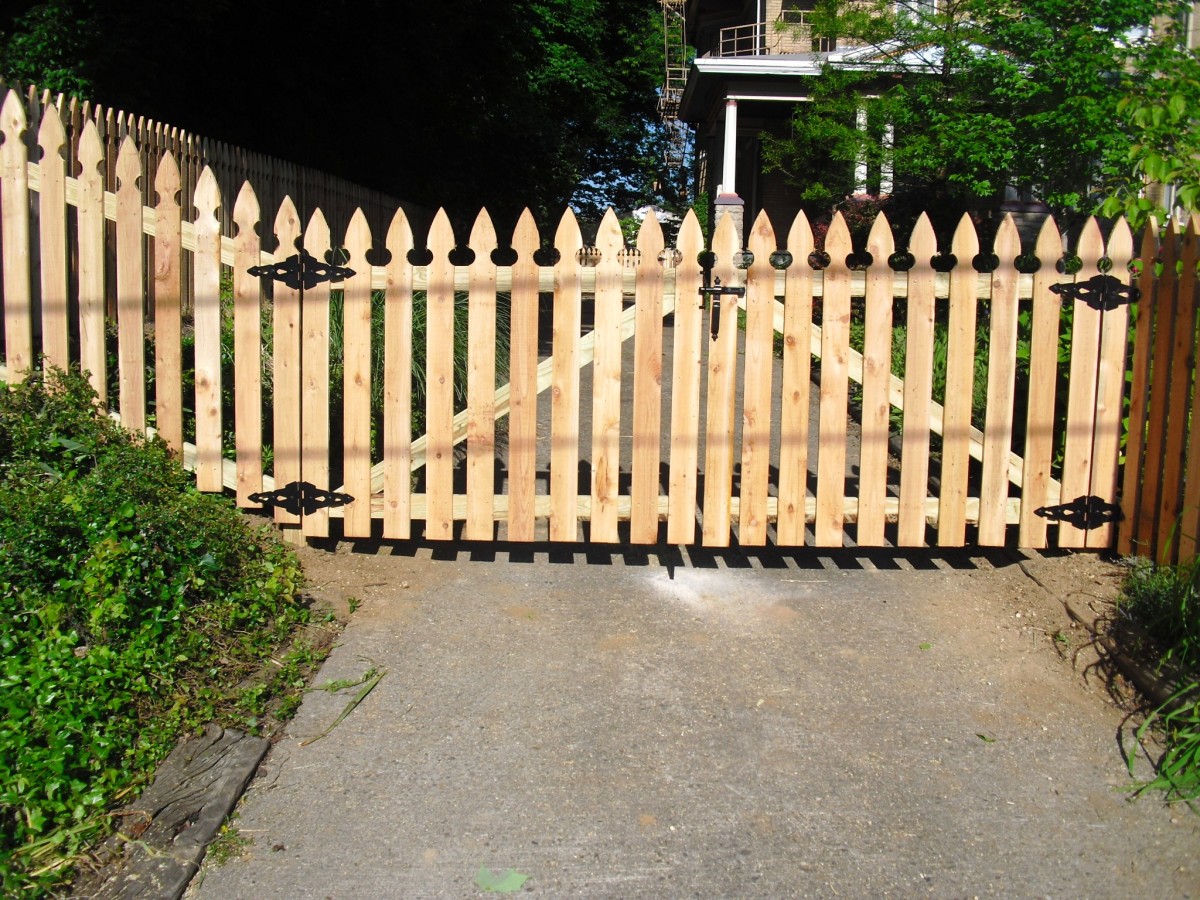
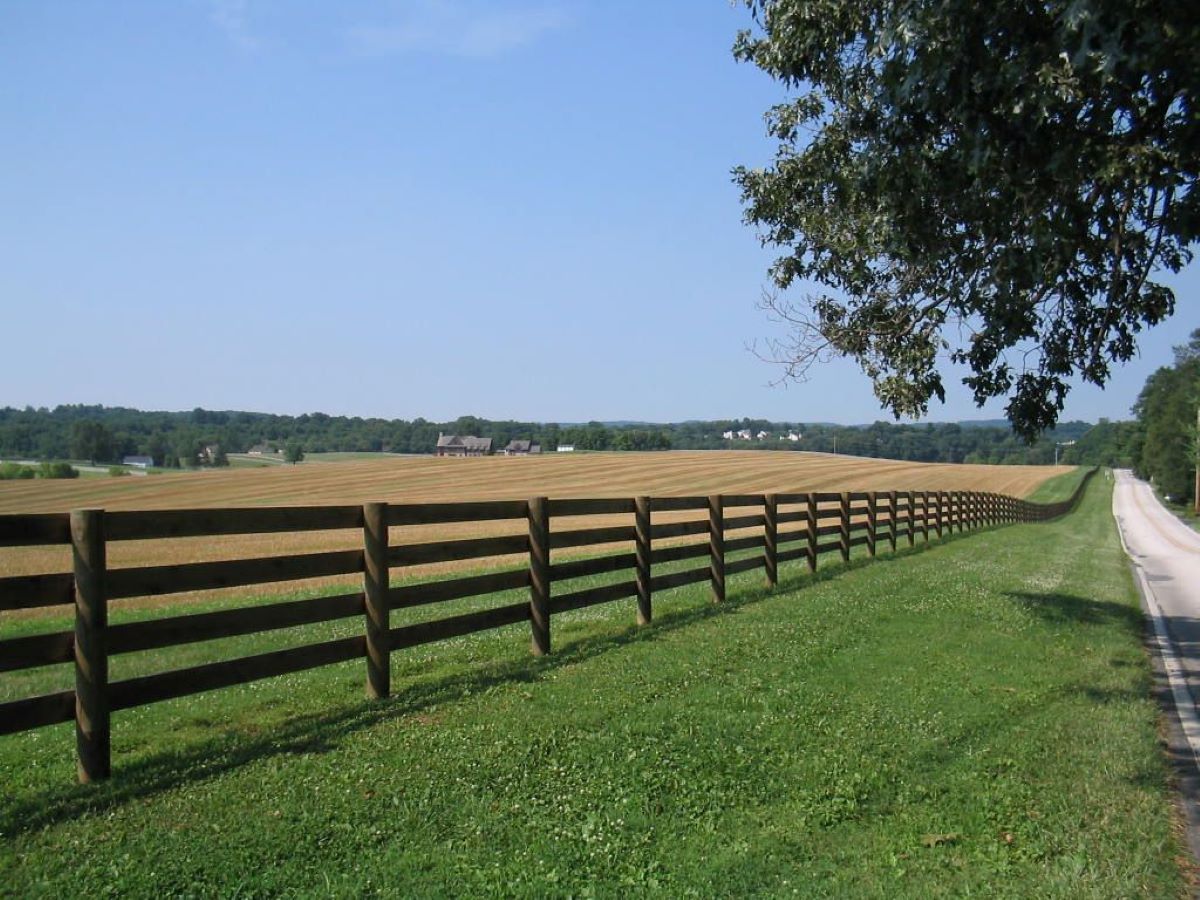
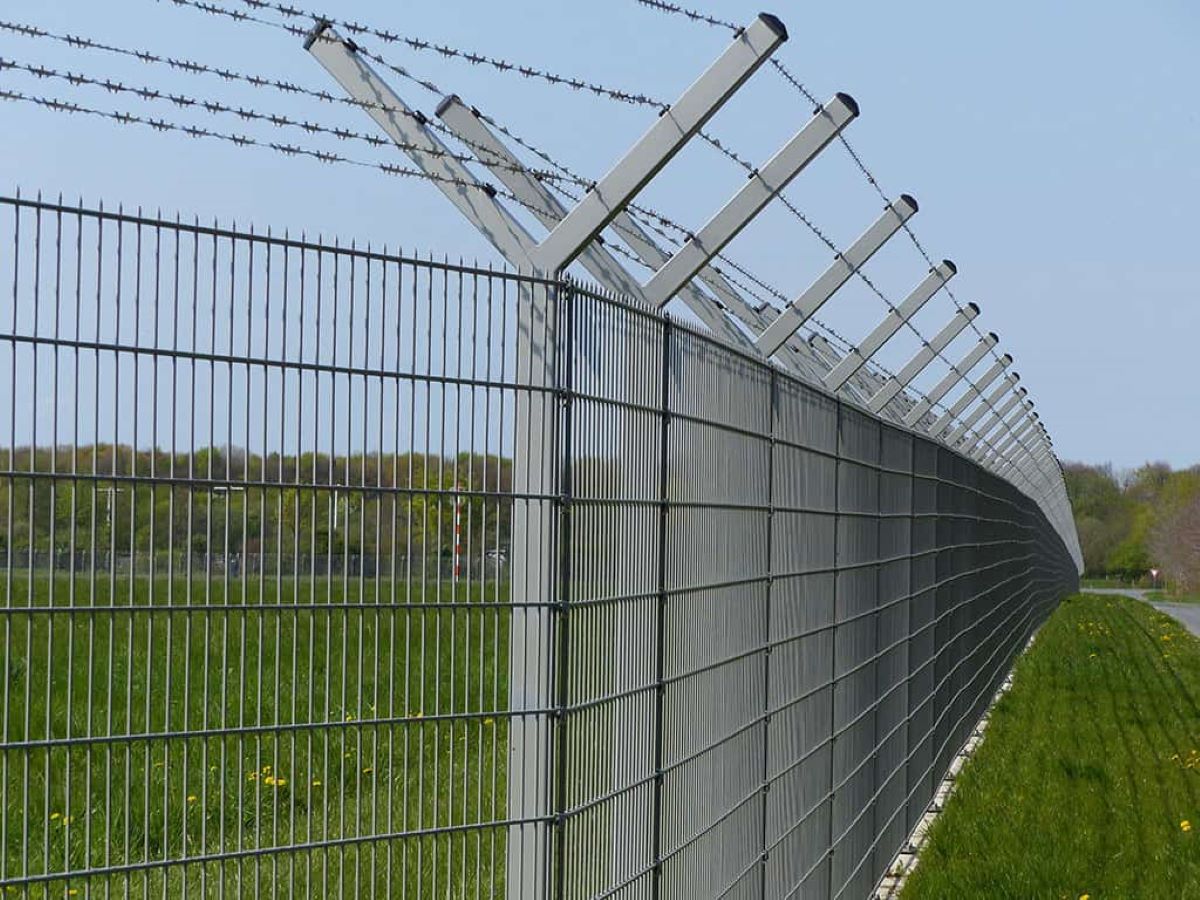
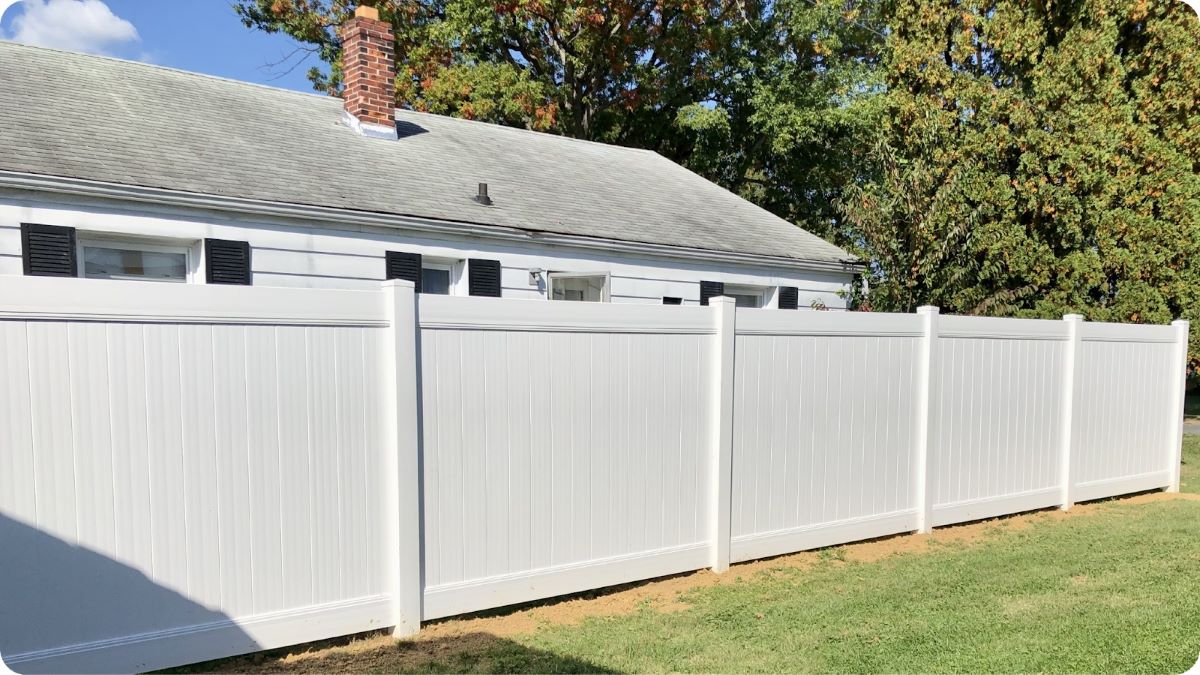
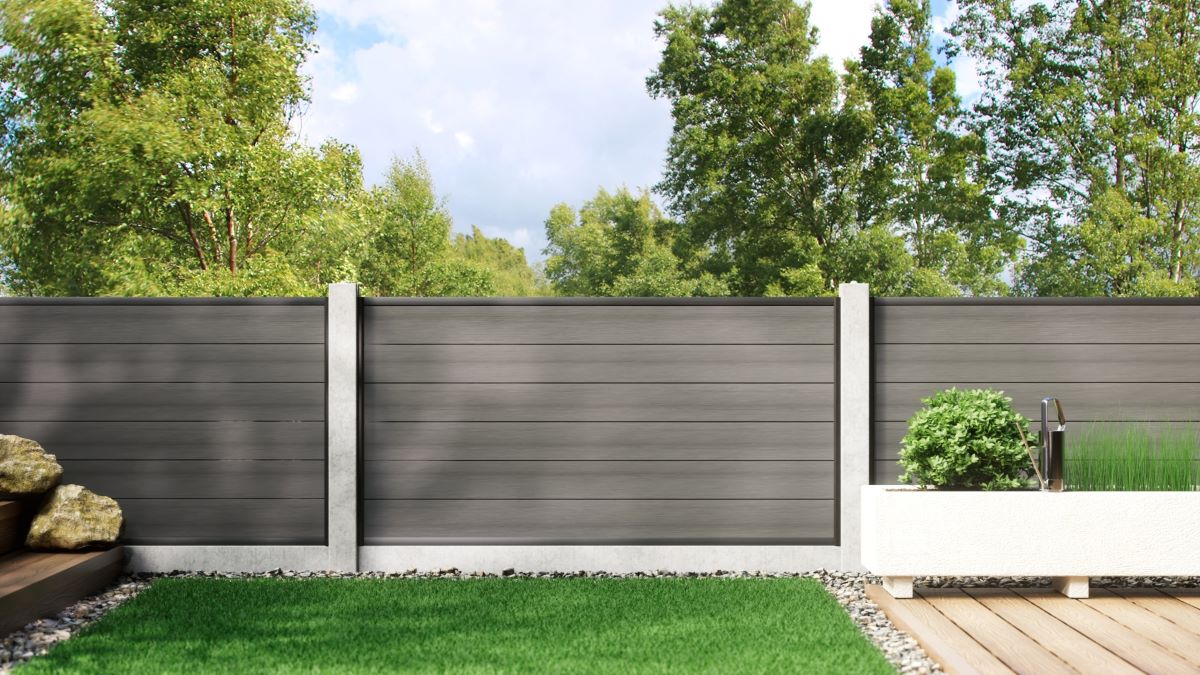
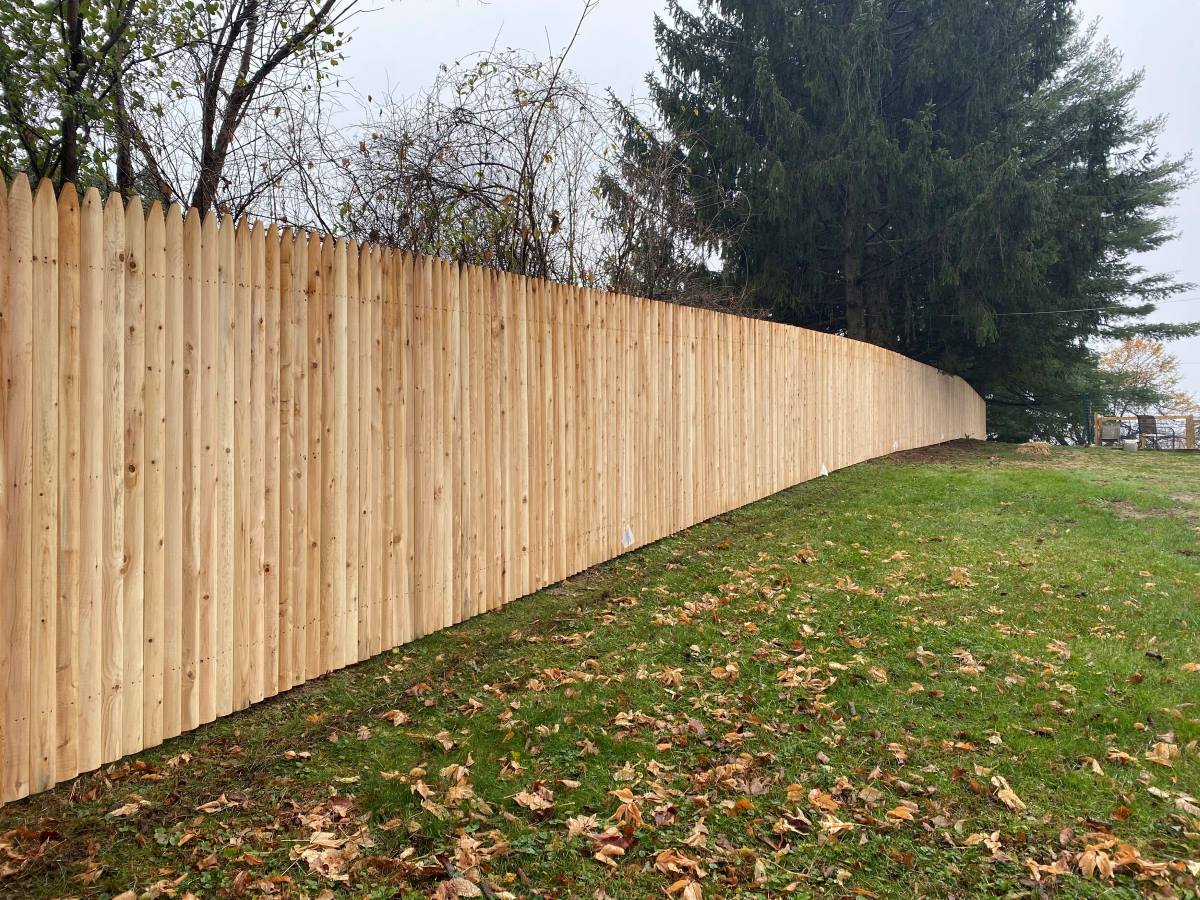
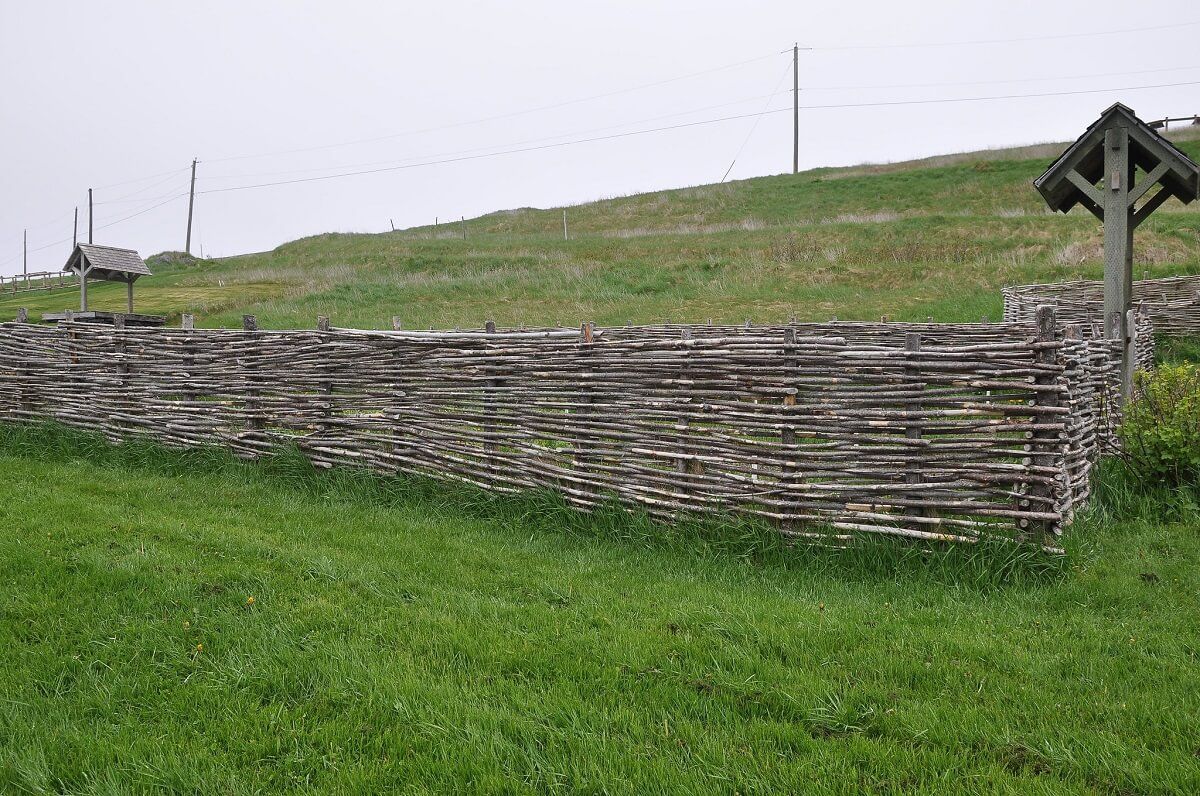

0 thoughts on “What Is A Fence Picket”